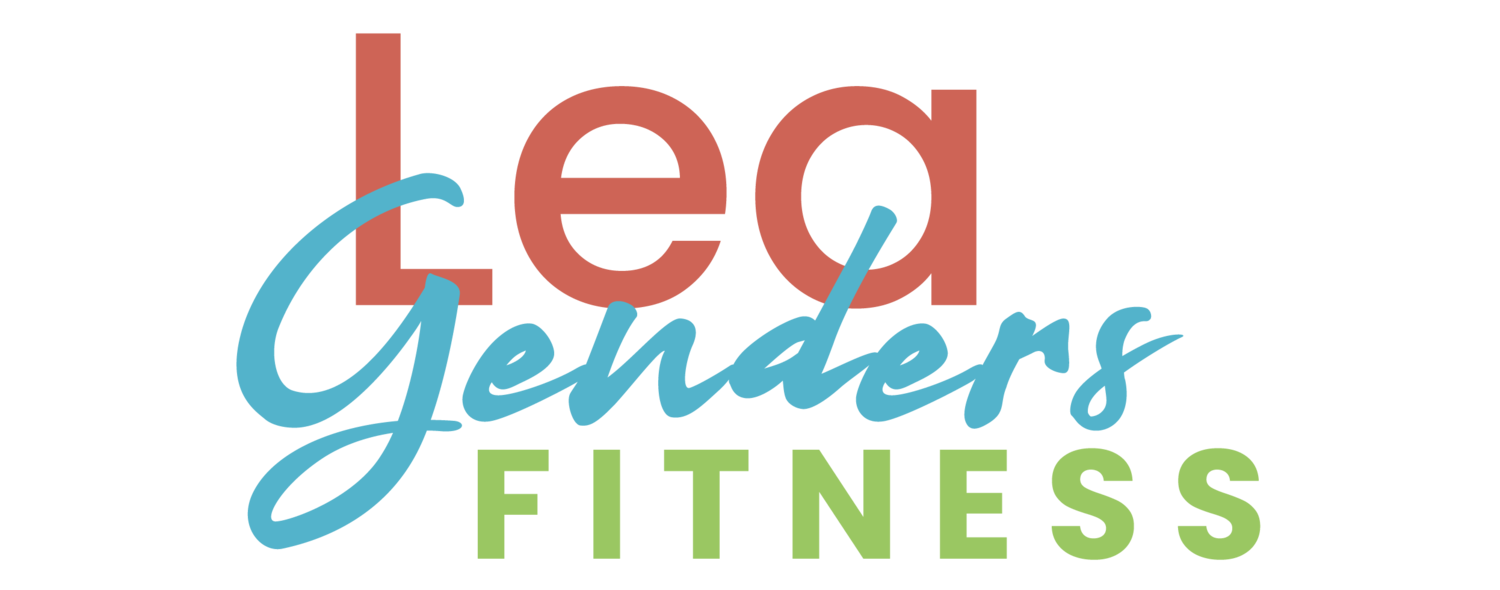Since it is almost Thanksgiving in the US, I want to express my sincere gratitude to those of you who have been following my blog for many years. You were here when I shared my experiences on old blogs like "Running for Dummies" or "Running with Ollie," decades ago, long before I became a certified personal trainer and a board-certified health coach. You have been a part of this journey from the very beginning.
To those of you who have joined along the way, I enjoy hearing from you and appreciate it when you share that my posts resonate with you. It means a great deal that you are here, navigating your own path toward well-being. If this is the first post you’ve read, welcome to the fun. My clients often tell me I have a different definition of fun than they do. haha.
As I continue to grow personally and professionally, thank you for being here. Many of you are aware that I have expanded my work into corporate/workplace wellness, where I help companies enhance the health and well-being of their employees. This work supports leaders in shaping healthier teams, which, in turn, boosts productivity, builds resilience, minimizes sick days, helps manage stress, reduces turnover, and ultimately improves company culture.
This work remains highly relevant to you, my blog reader. The strategies and insights I share with organizational leaders are directly applicable to the daily lives of people like you, busy professionals and individuals with full family lives, demanding work, hobbies, and everything in between. I am still here to share all the running, strength training, nutrition tips, so I appreciate that you indulge me in an occasional workplace wellness post.
The Flaw in Traditional Workplace Wellness Programs
As I become more ingrained in the workplace wellness world, one thing has become immediately apparent. While most wellness programs are well-intentioned, they are often fundamentally flawed. I am offering a more reliable, science-backed solution for enhancing employee well-being.
One of the reasons I am passionate about this work is that I know exactly what it feels like to be an overworked, stressed-out employee. I know firsthand that when overwhelmed with work, the last thing that would have felt useful is a forced, activity-based program that added more to my plate. Now imagine someone who has no workout experience, a full mental load at work, and a busy home life, and then ask them to join your company fitness challenge. It simply does not work.
A wellness program may sound appealing on paper, but when you rely solely on an employee's motivation and willpower to drive a program forward, it doesn’t consistently result in long-term behavioral change. While people sometimes experience a temporary boost of encouragement from a step challenge, these programs tend to attract those already interested in health and fitness, inadvertently leaving behind the employees who need support the most.
Rigid programs that do not allow for flexibility or take into account employees' workloads, stress levels, sleep debt, or preferences are setting people up to fail. That is why, as a trainer, I often hear people say, "I tried everything and nothing works for me."
What they likely tried were cookie-cutter programs that did not take into account their unique experiences, lifestyles, and preferences. People deserve better than this approach.
Why Relying on Willpower Is Unsustainable
Willpower alone is an unreliable driver for change. Research on the willpower mindset from 2013 confirms that the amount of willpower a person believes they possess directly impacts their ability to perform under stress, which often results in unpredictable and inconsistent outcomes. If someone thinks they have limited willpower that drains with every passing decision, they will lack the energy needed to force change. It is not a failure on the employees' part; we should not be asking people to operate on pure willpower and then blame them when it does not sustain them.
When your wellness program is an app, a generic goal, a restrictive diet plan, even a gym membership, or a meditation app, it is asking the employee to do more or restrict themselves. Unfortunately, no matter how well-intentioned, it is not how actual behavior change works. Relying on motivation to get started and willpower to continue is an ineffective model. There is a better way to approach well-being.
Wellness as a Learnable Skill: The Science-Backed Approach
In my wellness programs, we view health as a learnable skill, much like you might develop a business skill. The core principles are derived from behavior change science to drive maximum employee engagement and lasting results. The ideas that shape my programs focus on three key foundations.
1. Individual Readiness for Change
Programs must account for individual readiness, a core principle of the Transtheoretical Model of Change (TTM) since 1983. The TTM recognizes that behavior change is a process, not a single event, and people move through a series of predictable stages. Most traditional wellness programs fail because they assume everyone is already prepared for the Action stage, ignoring the fact that reaching that point is, in reality, a developmental process.
Listening to people and understanding their needs ensures that we meet them where they are. It avoids the pitfalls of a program where a young, athletic individual is competing against a working parent who has not focused on fitness in years. Respecting people's current lifestyles, abilities, and readiness to change is the first essential step.
2. Building Self-Efficacy
We then focus on self-efficacy, a core principle in human psychology established in 1977. It is your belief in yourself and your abilities to achieve. It is essential to note that you can experience varying rates of self-efficacy in different aspects of your life. For example, you may have high self-efficacy regarding your ability to perform well at work or take care of your kids, but low self-efficacy when it comes to consistently going to the gym. We focus on building it through mastery experiences. That involves achieving small, incremental wins that build up your belief in yourself, a process also supported by the 1977 research.
3. Prioritizing Habit Formation
Finally, we prioritize habit formation because those automatic actions, once developed, reduce the need for decision-making and are highly relevant for employees with a high stress load.
Introducing the Three Core Skills of Workplace Wellness
We apply these science-based foundations as we teach the three core skills of wellness to address the major obstacles to employee health.
Movement: The Dial Mindset Method
We move people away from all-or-nothing thinking, the idea that if they don't have an hour or even thirty minutes to work out, then they can't do any exercise at all. I teach the Dial Mindset Method, which gives people the choice to select the frequency, intensity, and duration of movement that makes sense for their life, workload, experience, and preferences. We celebrate micro-movement habits as much as we do full workouts. When people are free to dial up or down, it offers a point of entry for individuals of all fitness levels.
Nutrition: A Focus on the Continuum
Nutrition guidance, plans, or diets are typically built around restriction. Again, this relies on willpower to sustain. When you have a stressed workforce, adding more rules and restrictions can actually increase stress rather than alleviate it. I teach nutrition on a continuum. Small, incremental improvements can make a significant difference over time and can be applied even under high-stress loads. This method removes the barrier of perfection, making better nutrition achievable for everyone. When we fuel better, we feel better, and when we feel better, we perform better at work and in life.
Stress: Building Resilience
Finally, we view stress management as a skill. Research on mindset science from 2013 validates viewing stress as a positive challenge, which, when combined with recovery, makes us stronger and builds greater resilience than simply trying to reduce stress overall. Mental fitness programs help change the way people think, fostering more productive and resilient mindsets.
Shifting to a High-Reliability Wellness Model
When workplaces implement this kind of skill-power approach, the results are more consistent and predictable. It shifts wellness programs from a high-risk, limited-resource (willpower) model to a high-reliability, developable capacity (skillpower) model. When employees feel better, their capacity increases, and health risk factors decrease over time.
The next step is to consider who is delivering your wellness programs.
Effective wellness programs are facilitated by a board-certified health coach who focuses on behavior change, not by a cheerleader, drill sergeant, or even a basic accountability partner. While anyone can deploy an application or an online platform, individuals achieve lasting, significant change when they receive guidance through the process from a trained, professional behavioral health coach.
Stop relying on short-term, unreliable motivation to fuel your healthy lifestyle. I recommend a fifteen-minute strategy session to identify opportunities in your organization. Wellness programs should be about building a culture of sustained high performance.
Lea Genders is a board-certified health coach, personal trainer, and workplace wellness consultant based in Fort Worth, TX. She offers corporate wellness programs for employee health and productivity, as well as in-person and virtual training / coaching for individuals worldwide. Her blog shares expert guidance on strength training, running, and sustainable nutrition @fortworth_trainer














You put in the work at the gym, but what about the other twenty-three hours of your day?
Workouts are a great start, but true well-being is woven into your whole life: through your sleep, recovery, stress management, and micro-movements. These small, one to five-minute actions, like taking a mindful breathing break or choosing the stairs, are not just for beginners; they are essential for optimizing the results of your hard work.
Discover simple, intentional micro habits in movement, focus, nutrition, and recovery that enhance your health all day long, ensuring your body and mind are working effectively, not just during your workout, but every single day.